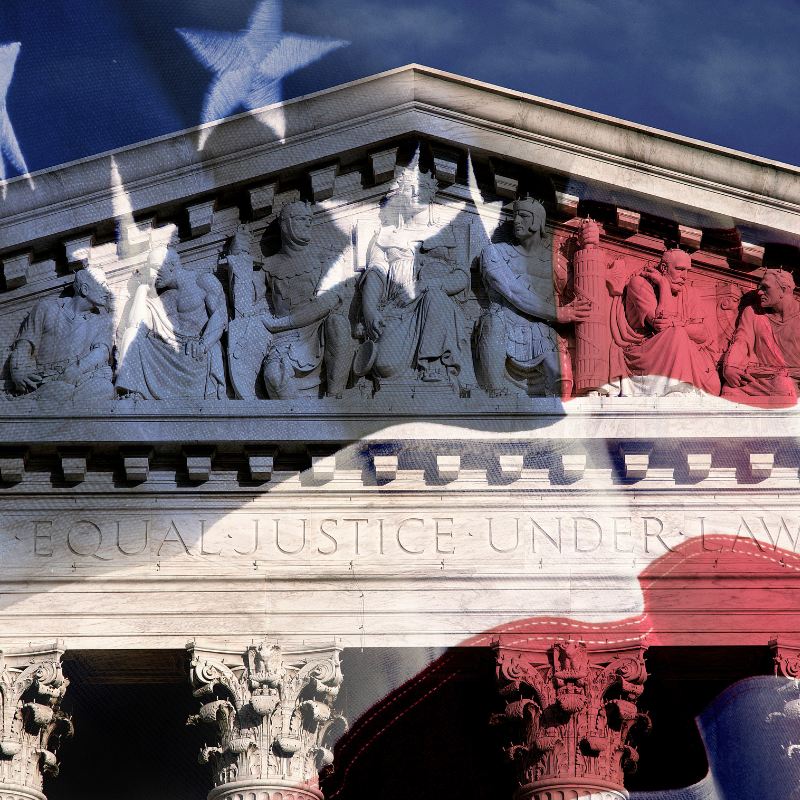The IRS recently posted on its website a list of six frequently asked questions (FAQs) regarding the treatment of net operating loss (NOL) carrybacks of C corporations to years in which the alternative minimum tax (AMT) applied. This is part of the IRS’s continuing guidance in response to the CARES Act that was enacted on March 27, 2020. We previously wrote an article about the temporary procedures announced by the IRS relating to faxing certain Forms 1139 and 1045 to the IRS.
Before listing the FAQs, which are fairly technical, let me first provide a brief history of the relevant provisions. Prior to the December 2017 Tax Cuts and Jobs Act (TCJA), corporations with NOLs could carry them back 2 years and forward 20 years. The AMT also applied to C corporations. After the TCJA, and starting in 2018, NOLs could not be carried back but could be carried forward indefinitely. The TCJA also repealed the AMT for C corporations but allowed for the recovery of carryover AMT credits over a period of years starting in 2018 and ending in 2021. In an effort to provide liquidity to an economy suffering from the COVID-19 pandemic, the federal government passed the CARES Act, which reversed the TCJA by allowing for the 5-year carryback of NOLs generated in 2018, 2019, and 2020, and accelerated the recovery of AMT credits to 2018.
contact a member of Withum’s SBA Financial Assistance Services Group.
Copied below are the six FAQs.
Q1. A C corporation with an NOL arising in a taxable year beginning after December 31, 2017 (post-2017 year) is carrying back all or a portion of that NOL to a taxable year beginning before January 1, 2018 (pre-2018 year). Although the AMT does not apply to C corporations in post-2017 years, it does apply to such taxpayers in pre-2018 years. For purposes of determining the C corporation’s alternative minimum taxable income in the pre-2018 year, what should be the amount of alternative tax net operating loss (ATNOL) arising in the post-2017 year?
A1. For Forms 1120X, Amended U.S. Corporation Income Tax Return, or 1139, Corporation Application for Tentative Refund, filed on or after June 1, 2020, treat the ATNOL amount arising in a post-2017 year as zero. The processing of the C corporation’s refund may be delayed if it uses a different method to determine the amount of its ATNOL.
Q2. A C corporation has already filed amended returns or a claim for tentative carryback adjustment carrying back an NOL from a post-2017 year to pre-2018 years, but did not treat the ATNOL for the post-2017 year as zero. Is the C corporation required to take any action, such as refiling, and follow this guidance?
A2. The C corporation does not need to take any action, or refile a Form 1120X or Form 1139 that was filed before June 1, 2020, unless contacted by the IRS.
Q3. As a result of an NOL carryback, a C corporation either has an AMT liability in a pre-2018 carryback year or has released minimum tax credits (MTC) under section 53 in a pre-2018 carryback year because it no longer has enough regular tax liability to use them. The C corporation is not able to use the MTC generated or released by the NOL carryback in any taxable year prior to 2018. The C corporation made an election under section 53(e)(5) to recover 100% of its MTCs as refundable credits in its first taxable year beginning in 2018. May the C corporation claim both the NOL carryback and MTC refund for 2018 on the same Form 1139?
A3. Yes, the C corporation may file a single Form 1139, following the instructions in questions 11 and 12 of the temporary procedures to fax certain Forms 1139 and 1045 due to COVID-19.
Q4. As a result of an NOL carryback, the C corporation either has an AMT liability in a pre-2018 carryback year or it has released MTCs under section 53 in a pre-2018 carryback year because it no longer has enough regular tax liability to use them. The C corporation is able to use the MTC generated or released by the NOL carryback in a subsequent year that is part of the five-year carryback period preceding the year in which the NOL arose (the carryback period). May the C corporation claim both the NOL carryback and the decrease in tax liability from the MTC on Form 1139?
A4. Yes, if the MTC generated or released by the NOL carryback in one year in the carryback period is used in a subsequent year in the carryback period to reduce the C corporation’s tax liability (as opposed to resulting in a refundable MTC), then the C corporation may claim a refund for any decrease in tax resulting from that use of the MTC on Form 1139, noting the change in the MTC in the appropriate column of line 21 for the year in which the MTC is used.
Caution: Form 1139 cannot be used to claim the refundable portion of the MTC (as opposed to a refund resulting from a reduction of the C corporation’s tax liability due to the use of the MTC), except in the case of an election under section 53(e)(5). If a C corporation is entitled to a refundable MTC for a year in the carryback period for any reason other than an election under section 53(e)(5), it must separately file a Form 1120X to claim a refund of that portion of the MTC. For example, if a C corporation does not make an election under section 53(e)(5) to recover the full amount of its MTC in the first taxable year beginning in 2018, the C corporation may recover the portion of the MTC made refundable by section 53(e)(3) only by filing a Form 1120X.
Q5. A C corporation has refundable MTCs and wants to make the election under section 53(e)(5) to claim 100% of its refundable MTCs in its first taxable year beginning in 2018. How does the C corporation make this election?
A5. The election under section 53(e)(5) to claim 100% of a C corporation’s refundable MTC in its first taxable year beginning in 2018 may be made by either filing a Form 1120X or a Form 1139. For either form used, the C corporation must include at the top of the form, “Electing to Take 100% Refundable Credit Amount in 2018 – per CARES Act Section 2305(b)”. Instructions for completing the Form 1139 are available in questions 10, 11, and 12 of the temporary procedures to fax certain Forms 1139 and 1045 due to COVID-19.
Q6. Is there a due date by which a C corporation must make the section 53(e)(5) election?
A6. Yes. An election on Form 1139 must be filed no later than December 30, 2020. If the Form 1139 includes both a claim for refundable MTC and an NOL carryback that arose in a taxable year that began during 2018 and ended on or before June 30, 2019, the Form 1139 must be filed by the earlier of the extended due date provided under Notice 2020-26, or December 30, 2020. An election on Form 1120X must be filed within the period described under section 6511(a) that applies to the C corporation’s first taxable year beginning in 2018.
SBA Financial Assistance Services




